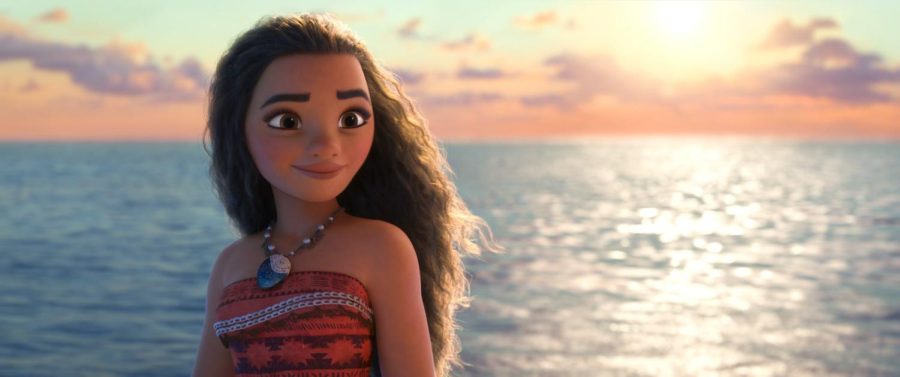The Making of Moana
Melissa Hillier Flickr account
This image was accessed on the Melissa Hillier Flickr account and reposted her with permission under a creative commons license.
October 7, 2016
In the past, Disney has received criticism for making female characters in its movies “shallow” and purely focused on finding a romantic partner. Only two of the 11 Disney princesses wear pants at least once. But in 2014, Disney announced that it would introduce a new kind of princess to the stage: Moana, a sea navigator from Motinui Island in ancient Oceania. In the movie that bears her name, Moana sets sail for a fabled island and is joined by legendary demigod Maui along the way. Directed by Ron Clements and John Musker, Moana promises to be a groundbreaking film for Disney and for feminism.
What makes Moana different from other princesses, you ask? Moana will be the very first Polynesian Disney princess, and the story is based on actual legends from the South Pacific. The directors did extensive research and made many trips to Fiji, Samoa and Tahiti to find variations of the legend of the wind demigod Maui on every island. The main reason for all the excitement surrounding Moana and her movie came during a Comic-Con in San Diego last July, when the directors confirmed that Moana will be the hero of the movie, and that there would be no romantic interest for her in the film. This fact has received a wave of approval from fans because the only other Disney princess film with a main character that didn’t have a love interest was Brave.
Most Disney princess movies are either about being a princess or becoming a princess, but Moana’s story is going to be about Moana becoming the best person she can be. Disney hopes that having a female character that can take care of herself and doesn’t live out the movie in search for love will inspire the millions of children who aspire to live their lives the same way.
Feminists insist that it is fundamentally important that children watch and come to love movies that don’t end with a girl and a guy falling in love, especially since life doesn’t turns out that way for everyone. A Disney movie that can accurately represent what life is like will help people confronted with that same reality.
Speaking of reality, Moana also helps diversify the Disney princess portfolio. According to a survey by Buzzfeed.com, girls of color make up only 28.6 percent of Disney’s animated women. Of that 28.6 percent, none of these women so far have been Polynesian.
In addition to the speculation surrounding Moana, Disney’s portrayal of the legend of the demigod Maui has received strong reactions from the Polynesian community on both ends of the spectrum. Some members of the Polynesian community are outraged, saying that in Disney’s version Maui seems to appear “overweight,” mainly feeding into stereotypes of unhealthy Polynesian men. “It is unfortunately a stereotype, and it is based on what the Americans see Polynesians as, because obesity is actually a recent phenomena amongst our people because of the junk food we’re forced to eat from the First World,” said Will Ilolahia, president of the Pacific Islands Media Association.
Not everyone from the Polynesian community, however, shares this point of view. Many say he looks physically capable of fighting off whatever comes his way, not like someone suffering from obesity. Others says that fussing over Maui’s body is missing the point. It’s important that Disney is choosing to tell a culturally diverse story worth telling in a way that will inspire people to live their lives are the heroes of their own story. Disney is making movies children can fall in love with that aren’t centered around falling in love.
Hopefully having a film with a protagonist female capable of holding her own and sailing across the ocean will show the world that women are more than the men at their side.



